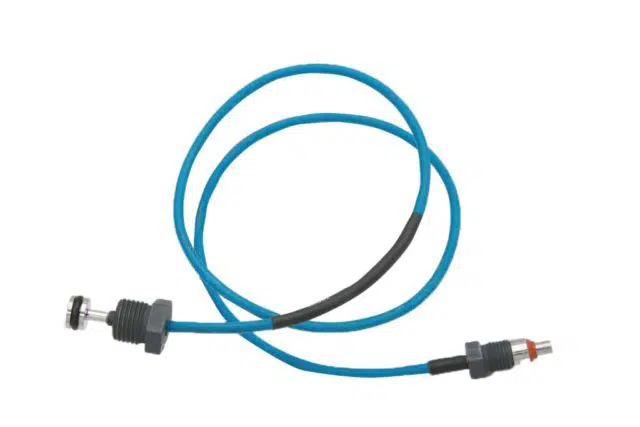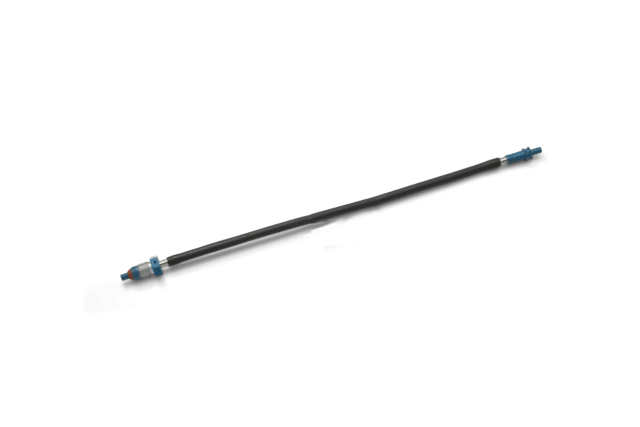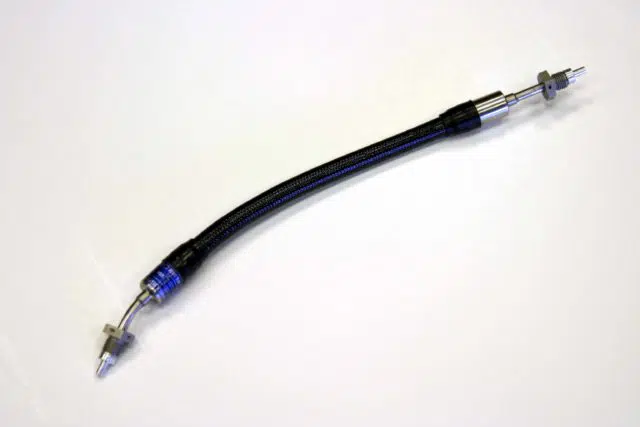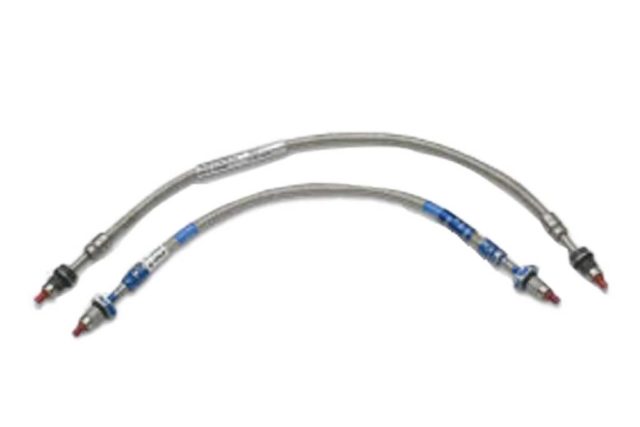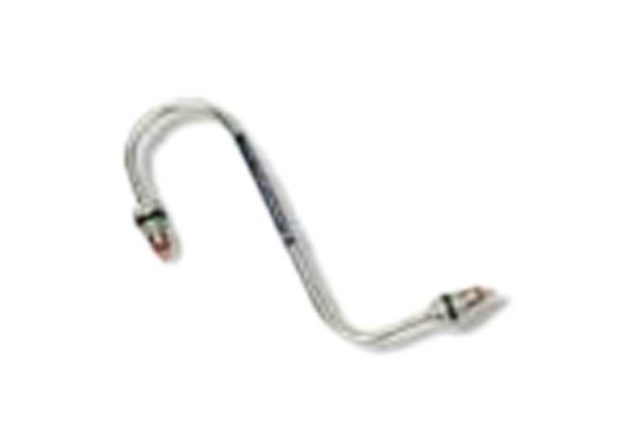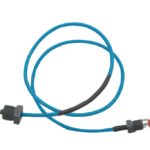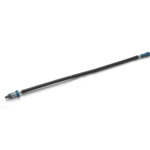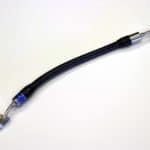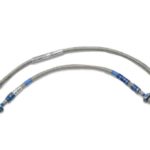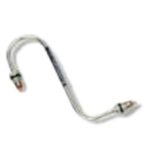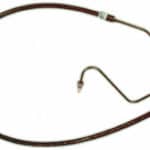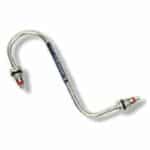Explosive Transfer Lines
Product Description
Our detonating and deflagrating explosive transfer lines (ETLs) allow you to create entire flight termination systems.
Explosive Transfer Lines (ETLs) are the communications network of an ordnance system like a CFS / TRS. We manufacture a variety of Explosive Transfer Lines (ETLs). ETLs are linear explosive signal transfer cords utilized on multiple aerospace applications including aircraft CFS / TRS’s. We have designed and qualified both detonating and deflagrating ETLs for aircraft use to the most stringent aerospace environments and conditions. The best way to differentiate the between detonating and deflagrating lines is that detonating lines have a higher velocity from end to end, approximately 6,500 vs. 300 meters / second.
Key Features
Similar features are designed into both detonating and deflagrating lines. Those include:
- Threaded end fittings to secure the lines into machined ports in connectors and other devices.
- Different sized threaded end fittings to prevent misrouting or attachment in the wrong connection points in a system.
- Variable linear lengths to route ETLs in complex aerospace structures.
- Hermetic sealing to reduce the possibility of environmental effect on the internal energetic materials over time.
- Ability to function successfully and reliability at a minimum of –65°F to at least +200°F
- Durability to survive the most severe of aircraft environments & conditions.
- The following lines will be described in the paragraphs to follow.
- Shielded Mild Detonating Cord (SMDC)
- Flexible Confined Detonating Cord (FCDC) / Confined Detonating Cord (CDC)
- Flexible Detonating Cord (FDC)
- Rapid Deflagration Cord Transfer Line (RDCTL)
Detonating Explosive Transfer Lines
We produce three types of MDC loaded detonating ETLs, each with an end fitting with loaded boosters and threaded fittings for installation in to other components. The unique features of our ETLs include:
- Shielded Mild Detonating Cord (SMDC) Lines: Rigid/Rigid lines, bent to customer required configurations and designed for rugged environments (high traffic, heat, etc.). These lines are hermetically sealed within a stainless steel tube and end fittings and when functioned, contain all byproducts of combustion.
- Flexible Confined Detonating Cord (FCDC)/ Confined Detonating Cord (CDC): Flexible lines designed with layers such as polyethylene, fiberglass, Kevlar and stainless steel braiding to ensure confinement of detonating byproducts when functioned.
- Flexible Detonating Cord (FDC) Lines: designed as a cost effective and robust ETL for primary use in missile, munitions and target vehicle.
Deflragrating Explosive Transfer Lines
Rapid Deflagration Cord Transfer Lines (RDCTLs) are semi-rigid lines loaded with RDC inside an aluminum or stainless steel tube. They have the flexibility to route in modern aerospace and defense structures and the strength to withhold their shape and provide damage tolerance and reliability. RDCTL’s smaller diameter and lighter weight make them ideal when weight and volume are critical to a vehicle. RDCTL are designed with three types of end fittings to allow for various combinations of input stimulus and output requirements.
- High Energy (HE) generating or accepting a detonation event.
- Low Energy (LE) generating or accepting a pressure or flame front event. This line can’t initiate an HE end fitting.
Percussion Primer (PP) accepting a mechanical input from a firing pin striking this end fitting. RDCTLs with this end fitting allow the replacement of traditionally explosive loaded parts with inert devices (i.e. Inert Arm Fire Initiator, Inert Gas/ RDCTL Initiator, Inert Acceptor, etc.). The output from this line can be LE or HE.
To help you optimize your linear solutions, we offer a diverse range of explosive-loaded and inert connectors and manifolds. Connectors are junction manifolds that interconnect ETL end tip assemblies to allow detonation or deflagration explosive signal transfer. We offers connection manifolds in 2, 3, 4, 5, 6 and 7 ports.
